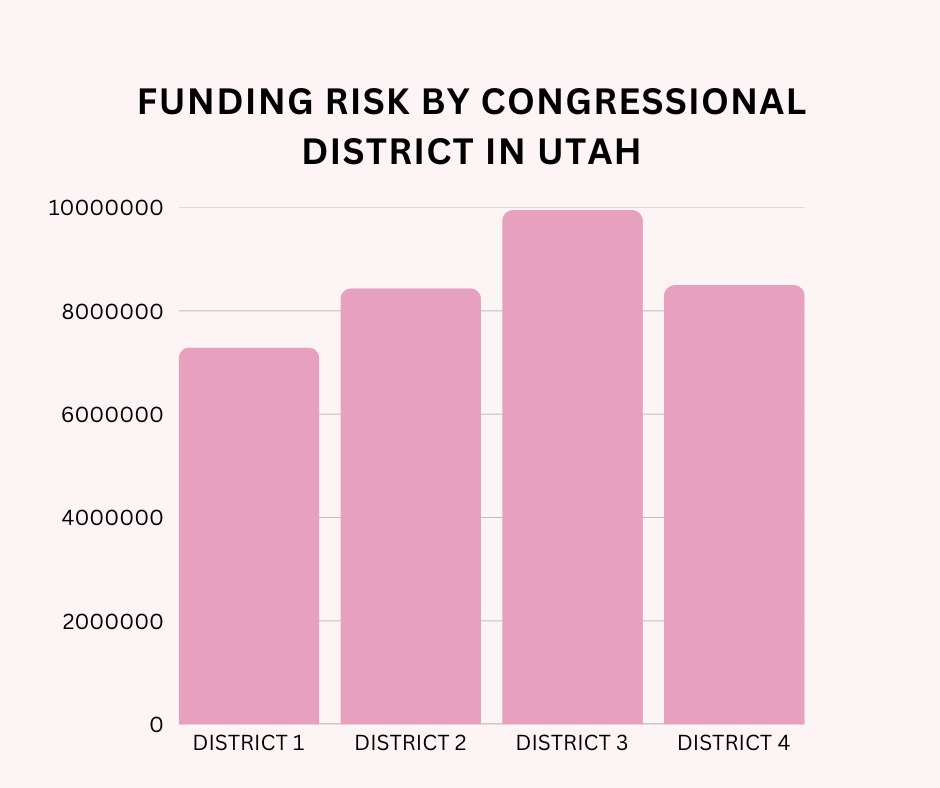Classic literature and its influence

November 27, 2017
Tolkien. Orwell. Plath.
Each name means something exciting and different. They may even mean nothing to those who have never even heard of them.
But there is no denying that classic literature shaped the history of countries and particular ideals. From the ramblings of Dante in The Inferno to Uncle Tom’s Cabin that brought about the turn of racism before the Civil War.
An essential characteristic of classical literature involves presenting truth from the author’s viewpoint; and, more often than not, the truth revolves around bringing ideas to light that others might want to hide to preserve a false reality.
“Literature has a way of uniting everyone in a viewpoint… explaining something in a way that people are able to grasp,” said Bailey Donaldson, senior.
“That literature literally changed my life and so I know how important it is for students to read a lot. I chose to be a teacher so I didn’t let reading die,” said Rachel Borrowman, an English teacher here at Taylorsville.
Time and time again, books have proven to be portals to another world, defining and changing our perception, even if entirely written on a fictional subject.
Portals to another world can often be found in Ray Bradbury’s tales, which depict worlds where human capacities have been replaced by those that are artificial, comparable to the Veldt. Or in the case of The Invisible Man in which a man is rendered completely invisible to those around him because he is an African American.
But not all works of classic literature are fictional.
The Diary of a Young Girl, Anne Frank’s famous account of her time spent hidden from the Nazis during World War II, changed the view of how we see the world as it brought to life the real atrocities committed against the Jews in Nazi Germany.
“A lot of classic readings are preventative measures,” said Mckenna Rowley, junior. ”Reading historical documents and things from the past can help you learn for the future.”
And while most modern novels are meant for pleasure, there is a wide range of those which evoke the same ideals depicted in classics.
Toni Morrison’s Modern Classic The Bluest Eye describes the struggle of an African American woman living in a home of great disruption, filled with horrible tragedy and anger. The main character, Pecola struggles with the color of her skin as well as living without the blue eyes associated with white men and women.
Toni Morrison brings in elements of physical, sexual and emotional abuse while addressing the harsh reality of racial inequalities and mental illness.
This story is just as relevant now as it was 47 years ago, along with countless other tales, including Anna Karenina, 1984 or more recent classics like The Book Thief.
“I choose [novels] based on my students backgrounds and what’s happening in the world today and themes that either my students can relate to, or need to be confronted with,” said Borrowman.
And while there is nothing wrong with more modern novels, Michael Vey, The Fault in Our Stars or Water for Elephants, aspects are missing.
“Reading classic novels is different than reading The Hunger Games or Divergent because it takes constant effort and thought to understand and translate those ideas,” said Donaldson. “You find the most meat, I guess, when you’re reading The Great Gatsby or Catcher in the Rye or Their Eyes Were Watching God.”
Despite what is new and what has aged with time, there is no denying the importance of literature in our society.
An inherent problem with most modern and popular classic literature are novels studied in school are those written from a keyhole of eurocentricity.
Eurocentric novels are no less important as they too have shaped how we currently view the world, even if through a pinhole. And yet novels written by those who have viewed different cultures and aspects of the world show the importance of viewing the world.
“In most cases, little room is made to include writers like Chinua Achebe, Julia Alvarez or Gabriel García Márquez, who are arguably more relevant for 21st-century students,” said Eric Thibert, from North Dakota State University.
In In the Time of Butterflies, Julia Alvarez depicts the
“We tend to romanticize past things as a society, with music and art and forget to appreciate the present,” said Rowley. “Sometimes I think the difference between it is in classic literature, we can step outside of where we are right now and see a different perspective and see how different things relate to now.”
The effects of classic literature have built countries, destroyed them and evoked powerful thoughts. No matter what you read, you will be impacted by the words.
And if literature addressing adult themes may be hard to read, there is no denying the importance of the description in classic novels.
Mark Twain once described such literature as, “Something that everybody wants to have read and nobody wants to read.”



